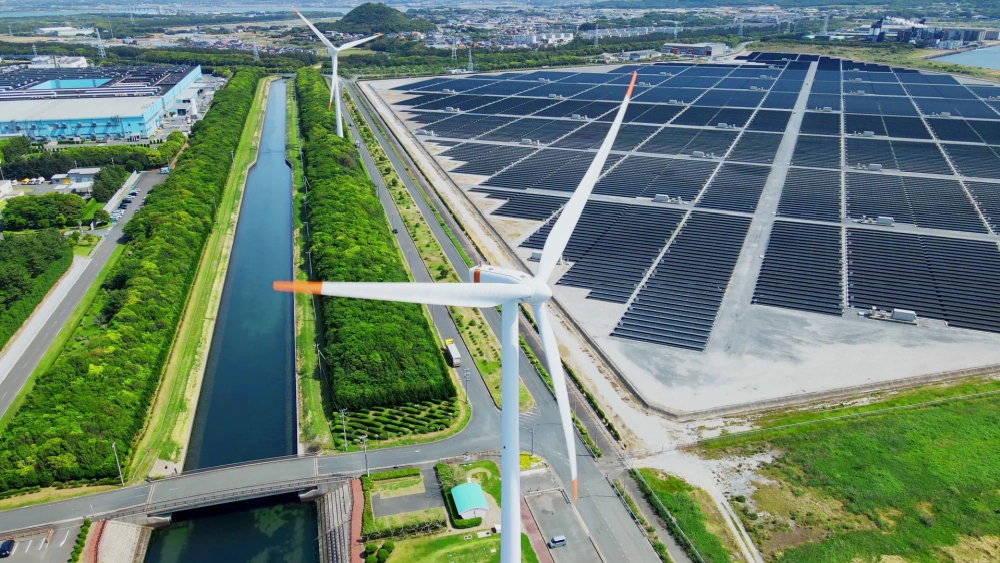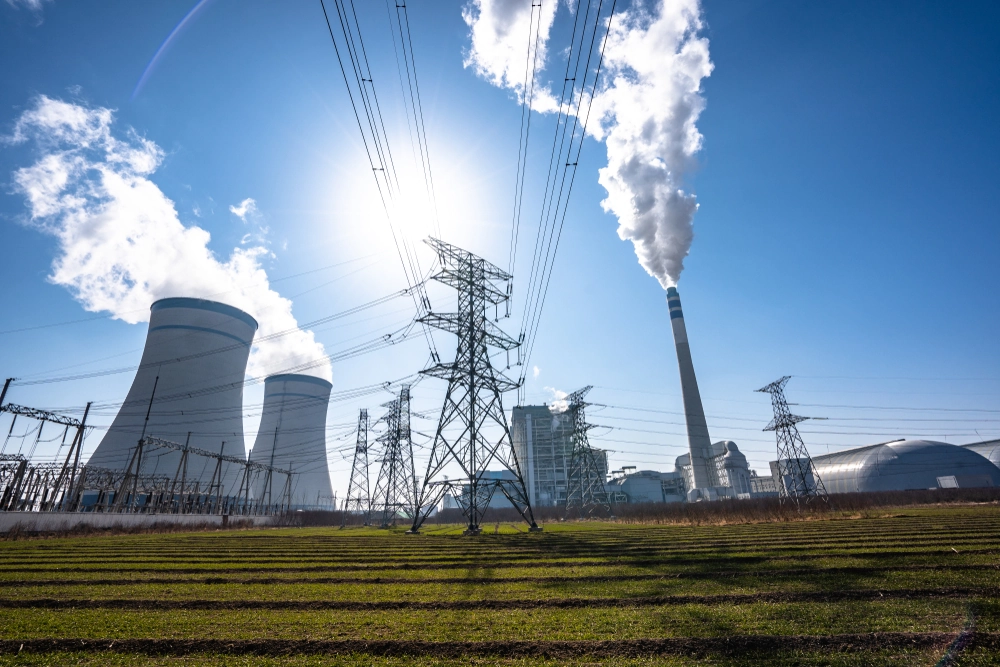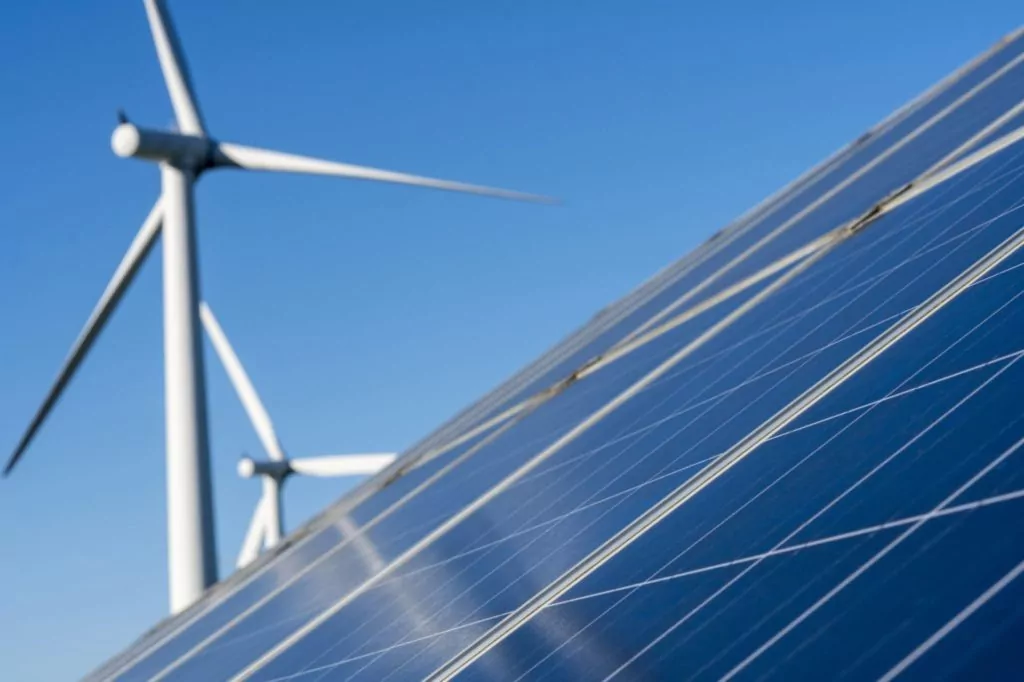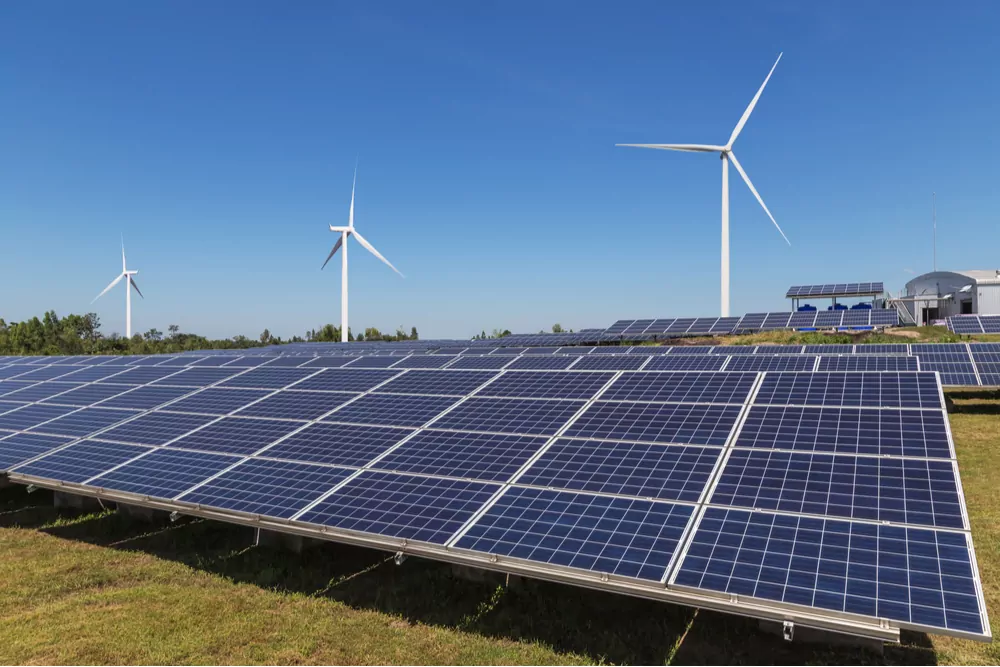
COP28 Hub
There has certainly been no shortage of announcements and talking points from the COP28 conference. Foot Anstey's Environment and Energy specialists have distilled the key considerations and impacts for our clients who are pushing forward the energy transition.
World leaders have been gathered in Dubai for the past fortnight at the 28 meeting of the annual United Nations Climate Change Conference (COP28). A heightened sense of urgency accompanied this year's meeting as global temperatures reach record highs and extreme weather events hit communities across the world.
If the world is to move closer to limiting global temperatures to 1.5 degrees Celsius, achieve Net Zero by 2050, and mitigate the worst effects of climate change, it is clear that countries need to accelerate their energy transition plans.
Below, we've picked out the key talking points and opportunities for three key types of stakeholders that will be central to the UK's transition to a clean, diverse energy mix.

Talking points
For funders and investors: We provide a macro view of how the climate leadership race post-COP28 will impact them, and how newly announced carbon credit initiatives will impact the management of their portfolios.
For nuclear stakeholders: We comment on how closely the UK government has mirrored several countries’ wider declared will to triple nuclear energy capacity at COP28, and on the key practical considerations stakeholders should hold close to stay ahead of the game.
For solar stakeholders: We provide our expert opinion around the unexpected risks that come with the rising tide of COP28’s positive solar developments, and how they can proactively and best be managed.
COP28 takeaways for funders and investors
A macro view of how the climate leadership race post-COP28 will impact funders and investors.
The climate leadership race in the funder/investor space continues.
Private funding/investment set new precedents in the net-zero and climate resilience movement at COP28…
- On day 2 of COP28, three global investment houses’ (BlackRock, Brookfield and Texas Pacific Group) climate partnership with the UAE Government was publicised.
- Under it, the UAE Government announced its intention to make a combined investment of 6 billion US dollars from the Alterra fund in the three investment houses, noting that each has its own existing investment arm dedicated to climate transition ventures.
- Practically speaking, this was COP28’s most notable collaboration between the public and private funding sectors.
Are we preparing for carbon markets’ resurgence?
- In light of the credibility crisis that enveloped carbon credit trading over this past year, a new key initiative aimed at strengthening the carbon markets sector’s foundations was unveiled at COP28: the joint framework for carbon credit trading.
- This framework represents an intention for the carbon credit trading sector and governments to collaborate in developing a joint framework aimed at maintaining the integrity of carbon credit trading (or carbon emission reductions, as discussed in our recent overview of the trading process). All existing major carbon verification programmes (including Verra and the Gold Standard Foundation) will collaborate to support standardisation under this joint framework.
The race for climate leadership in the UK and global funding/investment space remains wide open.
- In both the UK and more globally, there remain opportunities for funders and investors to generate business momentum by leading the climate transition charge. McKinsey Global Institute estimates that an additional 3.2 trillion US dollars (US$3.2T) of infrastructure investment (than currently supplied) is required annually for global warming to be limited to be no more than 1.5°C by 2050.
- Continuing discussions have made it clear that for UK-based funders and investors, the path to this goal will likely be their involvement in UK-based blended finance projects that are strategically important to climate transition.
- There is no shortage of strategically important publicly-funded projects in this realm. During this COP28, the UK Space Agency announced over £100M in public funding to the TRUTHS mission (a project focused on developing satellites in the UK to provide accurate measurements of attainable solar energy). Therefore for funders and investors, it will be key to nurture partnerships that hold the potential to shift the balance between publicly funded and blended finance projects in the UK.
Continual monitoring of carbon markets – a necessary reality for funders/investors
- In order to comply with the new joint framework to ensure credibility in carbon credit trading, funders and investors may need to adjust their handling of carbon credit issues (e.g. when conducting project due diligence and project monitoring). Funders and investors will want to maintain a keen eye on the development of the framework and the timeline for its implementation.
- What should funders and investors consider when identifying best-fit climate transition partners in the public, governmental and non-profit space?
- How should funders and investors manage the evaluation, due diligence and monitoring processes linked to financially supporting UK-based climate transition projects?
COP28 takeaways for nuclear stakeholders
We comment on how closely the UK government has mirrored several countries' wider declared will to triple nuclear energy capacity at COP28.
Day three of COP28 saw 22 countries, including the UK, launch a joint declaration to triple nuclear energy capacity by 2050 (the Declaration). Signatories also collectively called on international financial institutions and regional development banks to include nuclear energy in their lending policies to propel development and investment. Claire Coutinho MP, Secretary of State for Energy Security and Net Zero, stood alongside global leaders as the UK showed its commitment to a nuclear revival. Days later, the UK further committed to jointly investing £3.3bn along with the US, Canada, France and Japan to develop a secure and reliable global nuclear supply chain.
- It’s clear the UK government see nuclear energy as key to achieving Net Zero by 2050; a view supported by research showing its relatively low carbon lifecycle, low land footprint and low impact on ecosystems, as well as being a secure source of energy amidst geopolitical uncertainty.
- The Declaration is generalist by nature, so those hoping for direct practical implications in the domestic sphere may be disappointed. However, we expect the ambitions of the Declaration to lead to continued and greater investment, and given the emphasis on lending and funding, we expect to see specific measures to boost nuclear investment.
- For now, the greatest immediate impact is likely to be in the minds of private sector investors as they scrutinise the government’s commitment to nuclear. High upfront costs and uncertainty has left some investors wary, but the government seems keen to show the market that the UK is serious about a nuclear renaissance.
Despite the lack of detail at this stage, we eagerly await the government’s publication of a new Nuclear Roadmap which should shed light on the opportunities on the horizon for finance and investment, construction and development, and science and technology industries. The Declaration broadly reflects pre-existing Government commitments to significantly increase nuclear energy capacity to 24 GW by 2050. For context, current operational nuclear capacity in the UK is around 6.5GW with 3.2GW under construction, so there is a long way to go. Here are some key issues to look out for in the coming months:
- Financing is key, but investors are unlikely to be reassured by the government’s ad hoc funding arrangements to date. Investors will want to know the Government’s preferred funding model/s and arrangements before investing in nuclear.
- Recent initiatives to boost nuclear tech and innovation have been warmly welcomed, especially on SMRs, but we hope there will be more opportunities to explore other rapidly changing areas like fast reactor technologies which have the potential to reduce waste.
- The focus on SMRs is exciting but we need a comprehensive plan for their roll out, along with details of planned large gigawatt-scale projects beyond Sizewell C.
- Disproportionate barriers and delays in the planning system undermine investment. We’ll be keen to see if the government bring forward additional measures to create a strong policy presumption in favour of development, such as reforms to the Planning Inspectorate and/or national policy statements, as well as their plans to properly fund and resource regulatory bodies to reach timely decisions.
COP28 takeaways for solar developers
We look at the unexpected risks that come with the rising tide of COP28's positive solar developments, and how they can be proactively and best managed.
There are currently around 1,000 solar farms in operation across the UK. With many businesses opting to obtain energy from solar farms, it is no surprise that one of the main objectives of COP28 is to amplify the solar industry. However, even with government and international support, delivering solar energy does not come without its challenges.
Some of the key talking points to come out of COP28 involving solar energy are as follows:
- Around 100 countries pledged to triple the world’s renewable energy capacity by 2030.
- UK Prime Minister Rishi Sunak announced 1.6 billion in UK funding for climate projects.
- The UK backing efforts to speed up transition to renewable energy and reverse deforestation.
Renewable energy resources like solar have been growing for years. For instance, the UK is set to add an additional 1.7 GWp-dc of new solar PV capacity in 2023. However, the rising demand doesn’t come without its negatives. The costs associated with running a solar farm, labour constraints and supply chain issues all contribute to creating project delays and cancellations. This could cost developers millions and may entice them to turn back to fossil fuels.
There are numerous ways developers can mitigate these challenges including:
- Government funding
- Collaborating with other businesses to reduce costs
- Diversifying the supplier base to lessen the risk of supply chain interruptions
The funding announced by Rishi Sunak represents a positive step forward from the UK government easing these challenges.
There are some concerns around the impact that large scale use of solar photovoltaic (“solar pv”) panels could have on available agricultural land and wildlife. That said, potential environmental impact can be mitigated, through appropriate choice of site and introduction of relevant and appropriate measures. The uptake in agrivoltaics is also a positive development in ensuring the integration of solar pv with preservation of agricultural land.
In contrast with the polemic discussions around the future of fossil fuels, COP28 demonstrated clear global support for increased use and development of renewable energy. On a domestic level, it is yet to be seen how the the climate funding announced at COP28 will be allocated, although notably, there is continuous support by the UK government for solar energy.
This speaks to Foot Anstey’s strength – we have significant experience helping solar developers navigate this space and are well placed to provide expert advice to clients.
We can assist every climate transition stakeholder with finding the answers that are specific to them. Get in touch with a member of the team below or visit our Energy and Infrastructure sector pages to find out about our experience.













